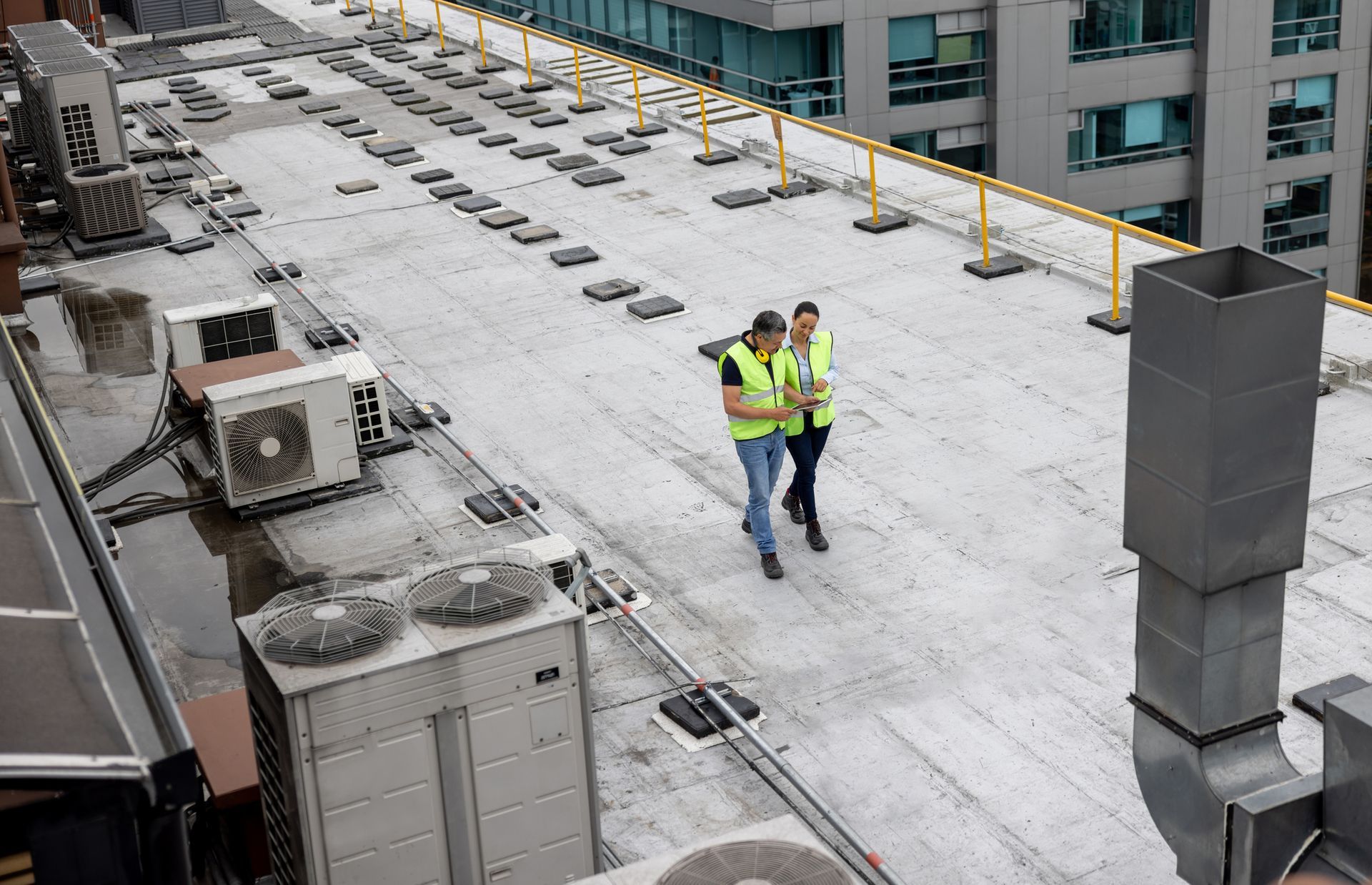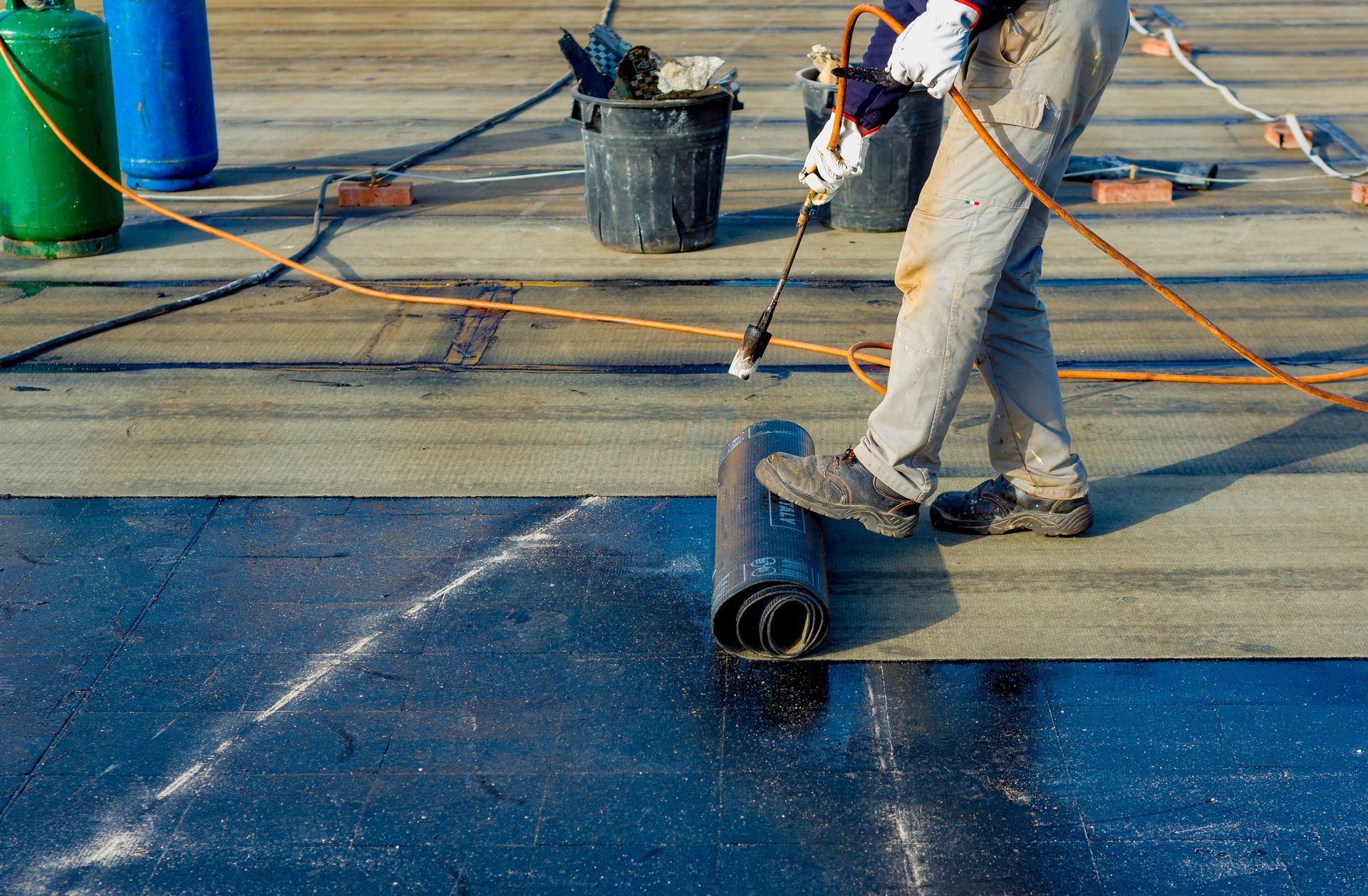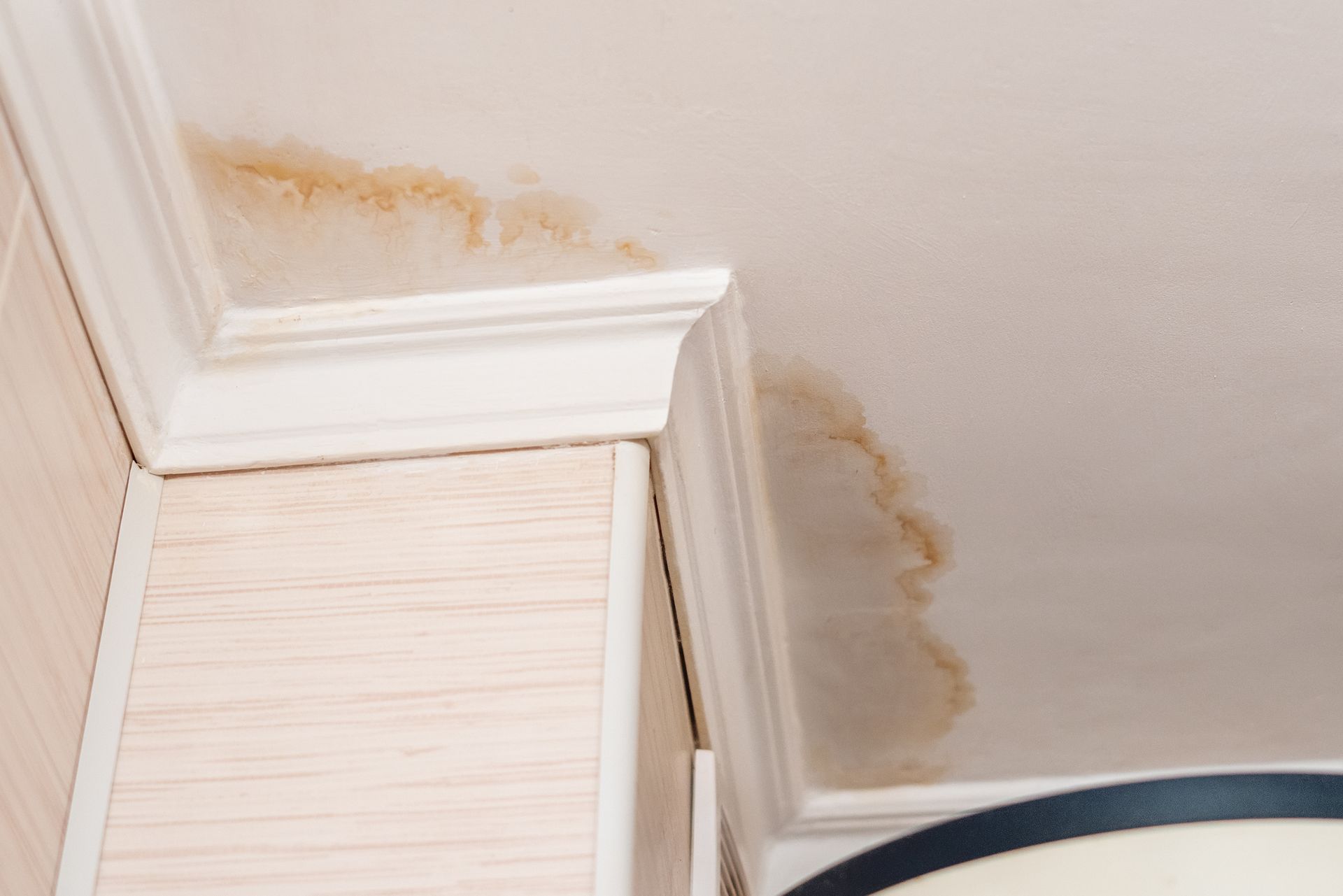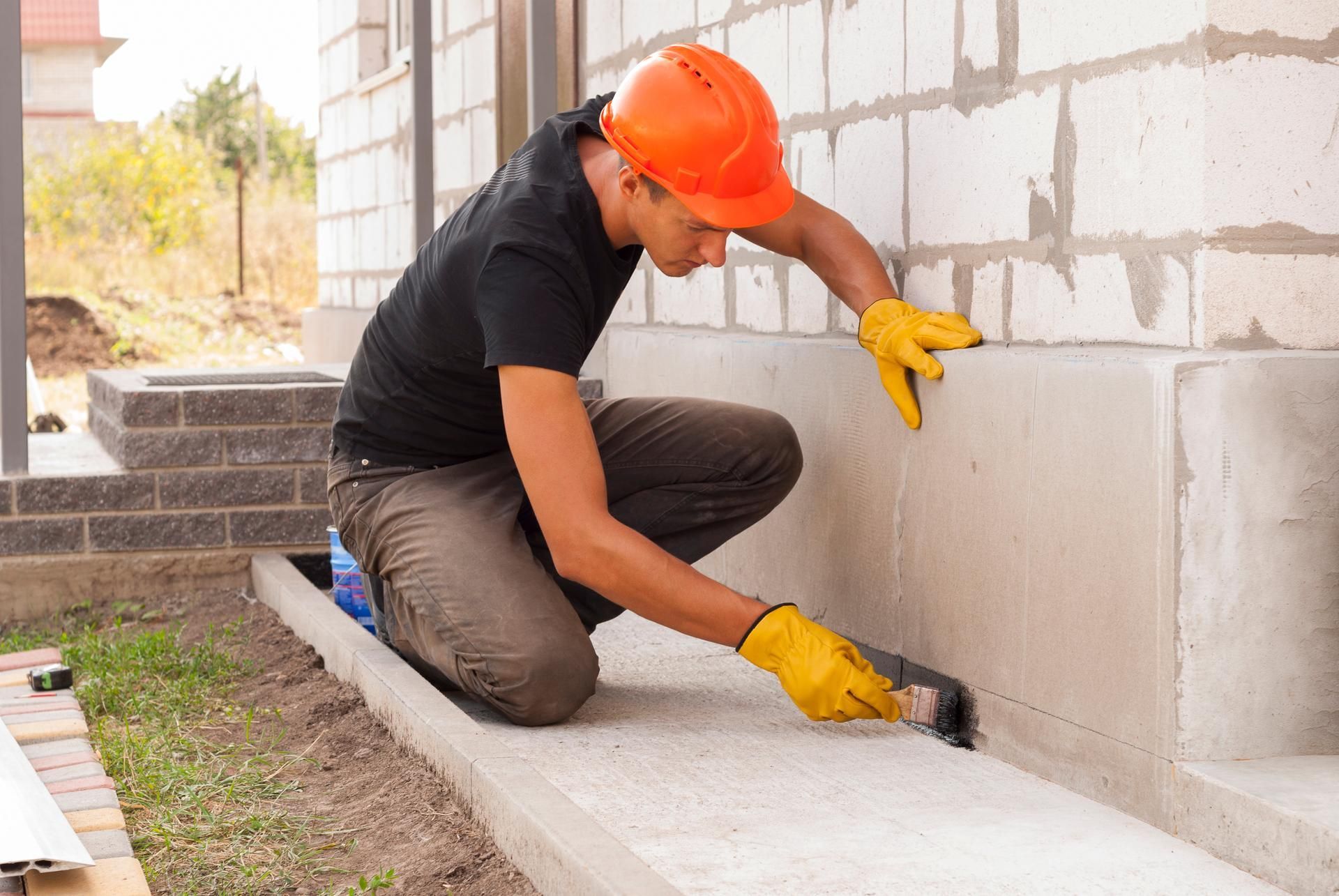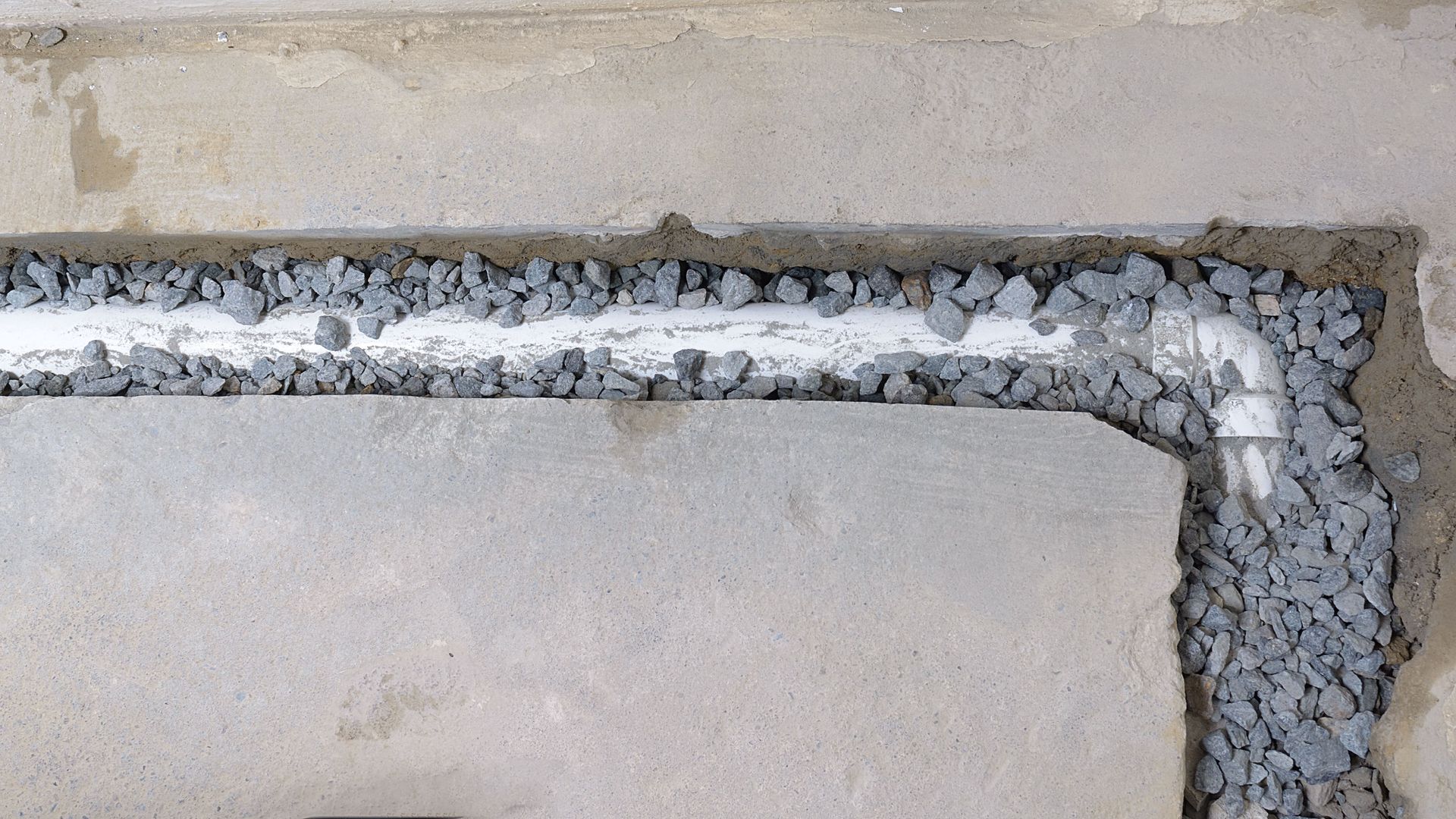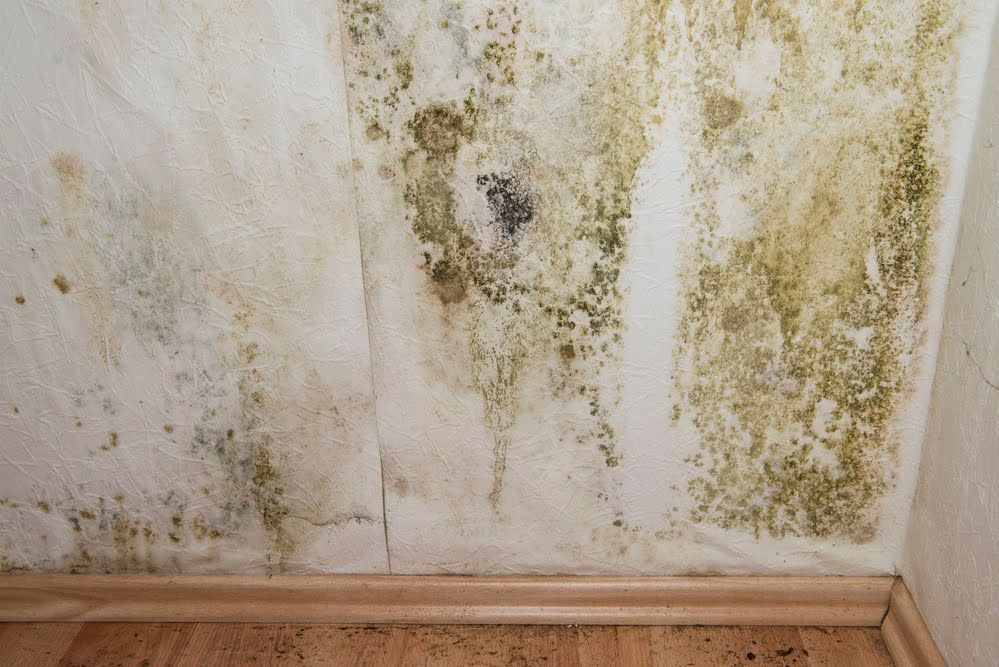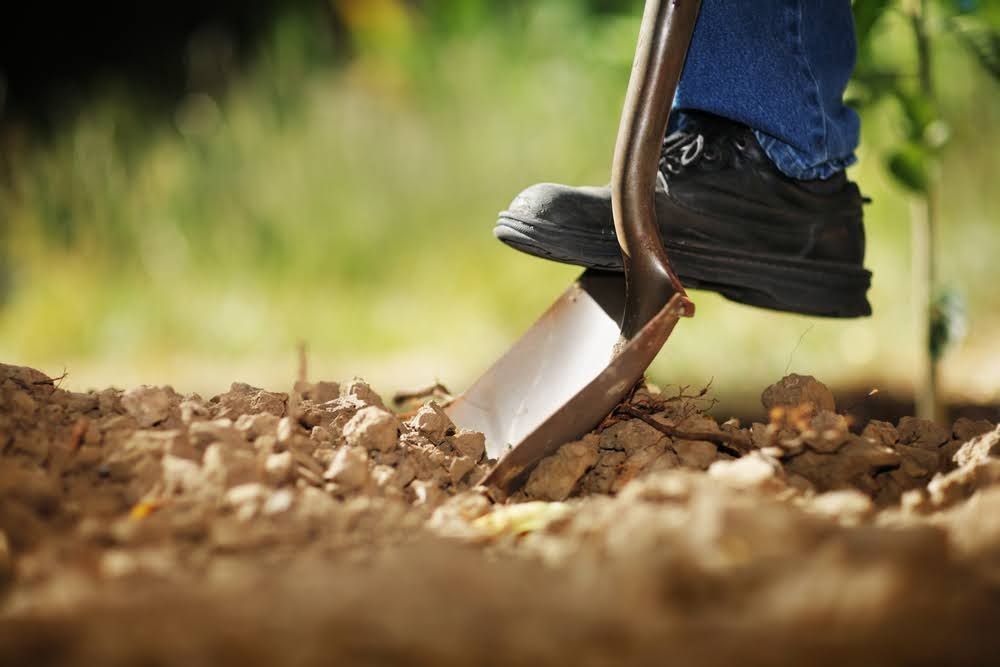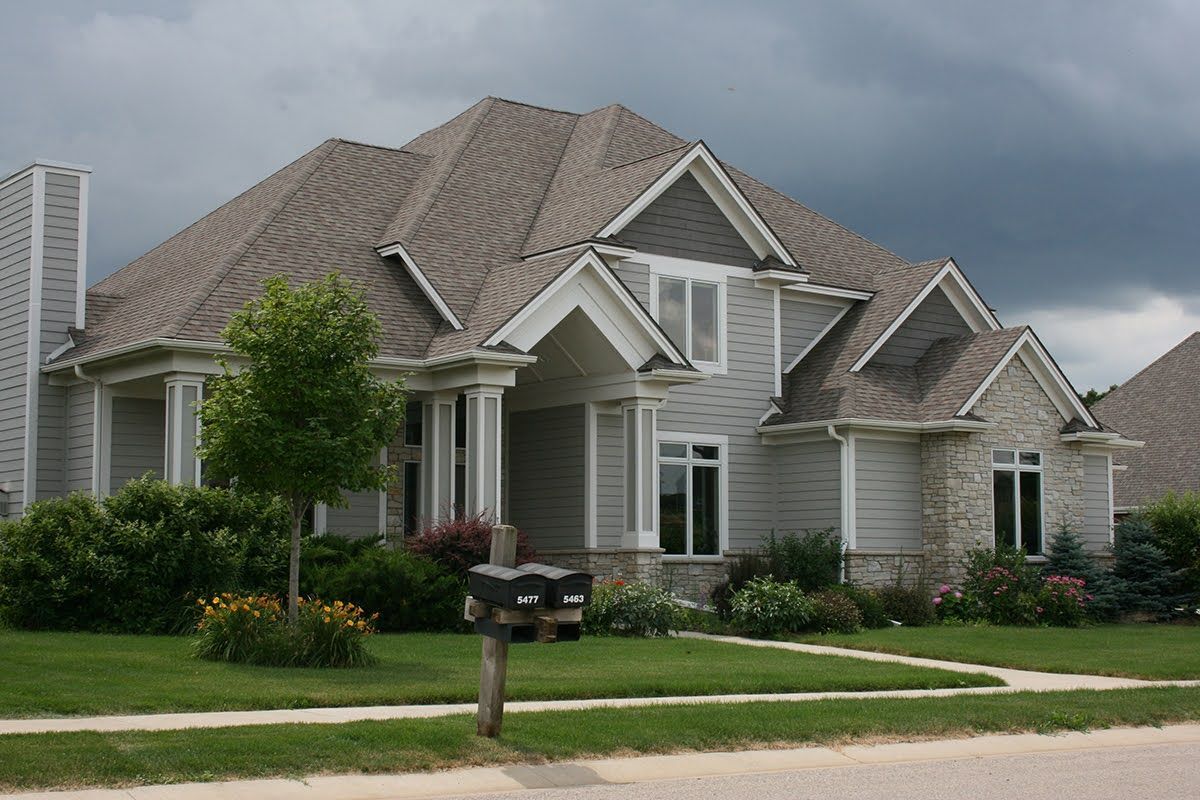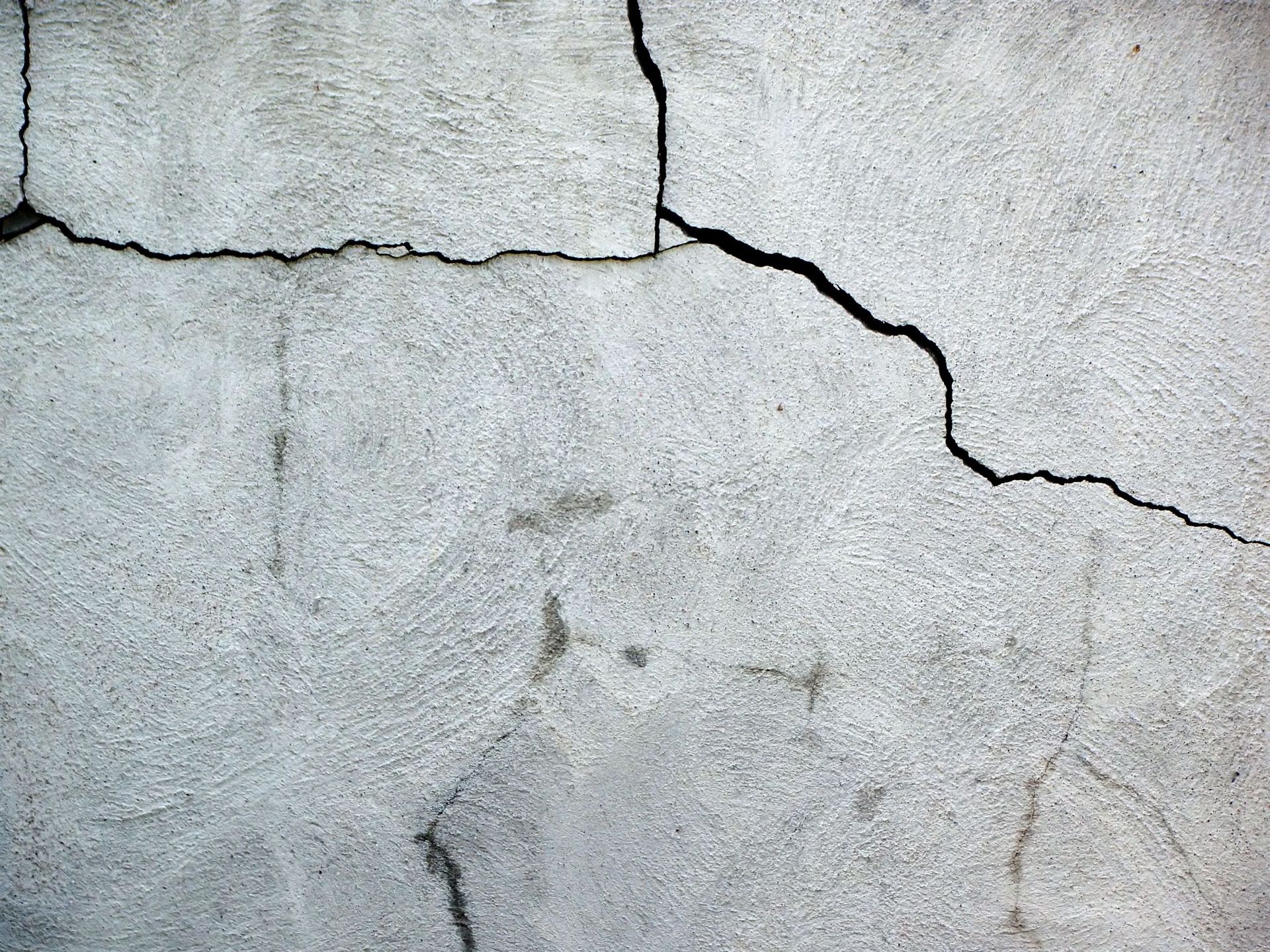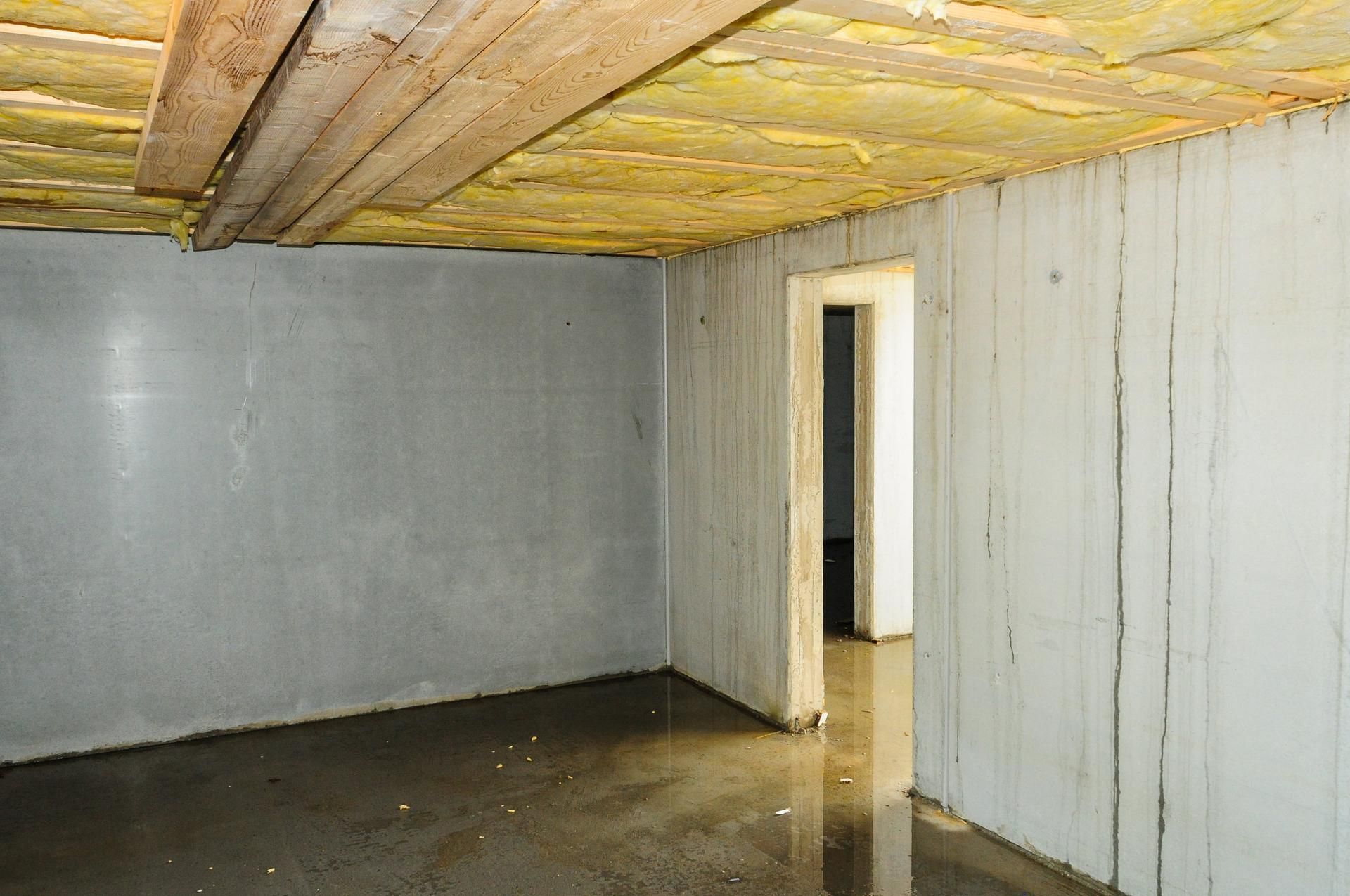Tips for Mold Prevention in Your Home
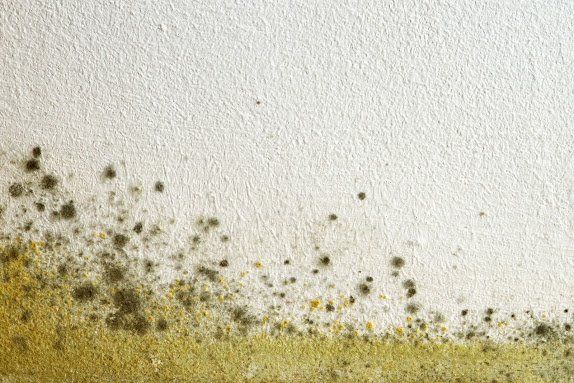
Mold infestation can wreak havoc in your house. Mold can spread across drywall, insulation, carpet, wooden studs, ceiling tiles, and other building materials to cause structural damage to your property. And if mold enters your heating and ventilation system, the system may fail, warranting repair or even a replacement.
Besides property damage, mold can pose a serious health risk in your home, especially to infants, kids, the elderly, and people with chronic lung diseases. People sensitive to mold exposure can experience wheezing, a stuffy nose, red eyes, or itchy skin.
These symptoms can be worse for people with severe mold allergies or asthma. Even if you're not allergic to mold, you may experience skin, eyes, throat, and nose irritation.
All these are enough reasons to keep mold out of their property to every homeowner. If you want to know how to prevent the harmful, costly growth in your home, read on to learn key tips for mold prevention.
Dry Wet Areas
Mold thrives in wet areas, and keeping your home dry could prevent growth. Whether a damp basement, bathroom, or carpet spills, ensure the area is as dry as possible. In case of water damage where carpets, furniture, and beddings are wet, dry them completely to keep them mold-free.
Monitor Indoor Humidity
According to Environmental Protection Agency (EPA), homeowners should maintain indoor humidity levels between 30 and 50 percent. Mold thrives in humid conditions, and high humidity levels will facilitate mold growth. Thus, ensure your indoor humidity levels are low to prevent mold.
You can easily determine the humidity levels in your home using an inexpensive hygrometer. Also, condensation on windows would indicate excessive moisture. If your air conditioner runs but indoor humidity levels are high, your unit may not work properly.
Improve Air Flow
One of the most effective steps to stop mold is proper ventilation, especially in areas prone to excessive moisture, such as the basement, bathroom, and kitchen. Indoor air holds some amount of water vapor, and that's why you'll find excess moisture on windows, floors, and walls. By opening windows, you improve air circulation in your home to reduce moisture in the air. Also, proper ventilation will also help to regulate humidity levels in your home.
During the cold months, when you can’t open the windows, ventilate your home using fans and an HVAC system.
Clean Your Gutters
If leaves or other debris has clogged your gutters, water won't flow properly. Instead of flowing through the downpour, water can run down the siding. If the water doesn't infiltrate into the walls, it runs down the foundation and can seep into the basement or crawlspace.
After some time, the water build-up will cause mold growth in the affected areas. And one of the major problems with mold in your crawlspace, basement, or behind walls is the growth isn't easily noticeable. By the time you identify this mold, costly damage may already have resulted. To avoid such consequences, keep the gutters clean and repair or replace them when necessary.
Repair Leaks
If you have any kind of leak in your home, whether due to broken seals, corrosion, damaged pipe joints, loose water connectors, or burst pipe, have them repaired promptly. Remember, even small leaks can cause a serious mold issue if they are not handled in time. Because leaks are one of the major causes of mold, regularly inspect your home's plumbing system. Pay close attention to hidden pipes in the basement, behind the toilet, or under the sinks.
You need to take the necessary measures to prevent mold in your home and protect your health and wallet. If you've noticed signs of mold in your home, hire experts for mold inspection and remediation. At Central Penn Waterproofing, we can eradicate all the mold and mildew in your home. Contact us today for all your mold and mildew treatment needs.


